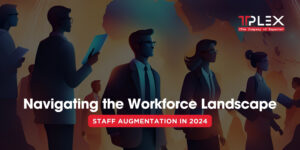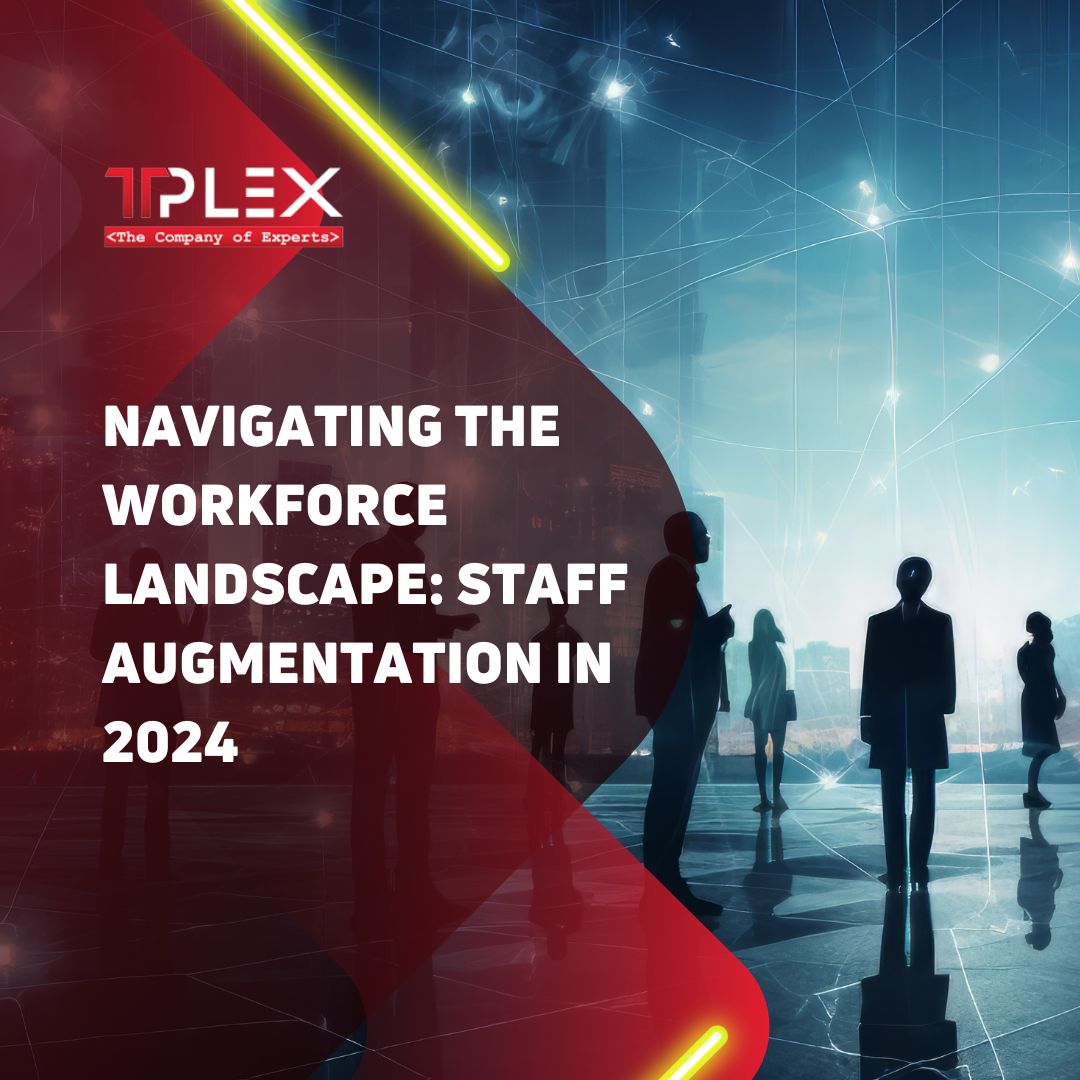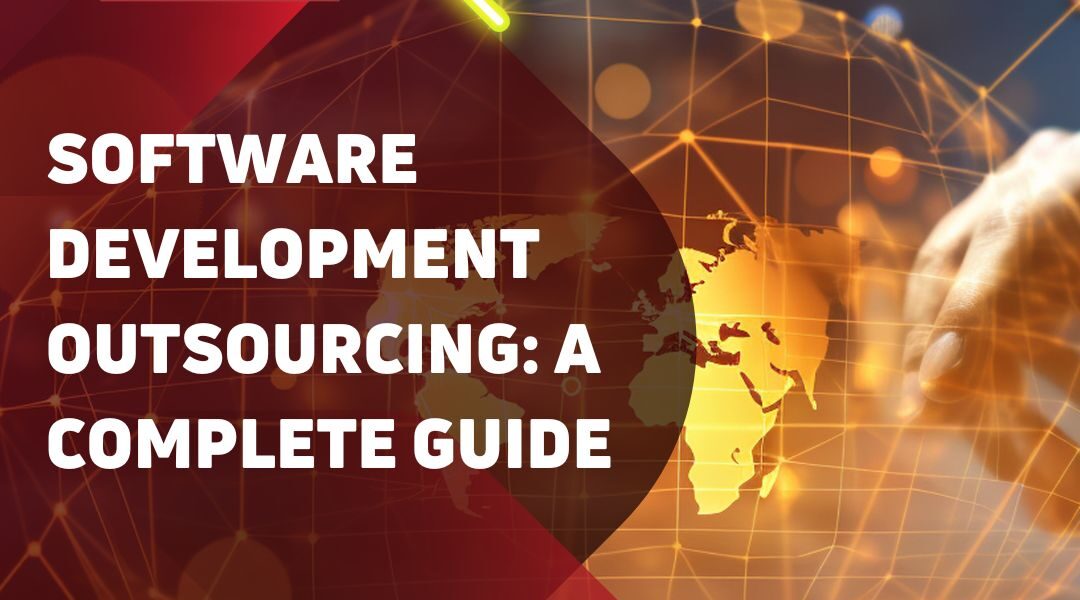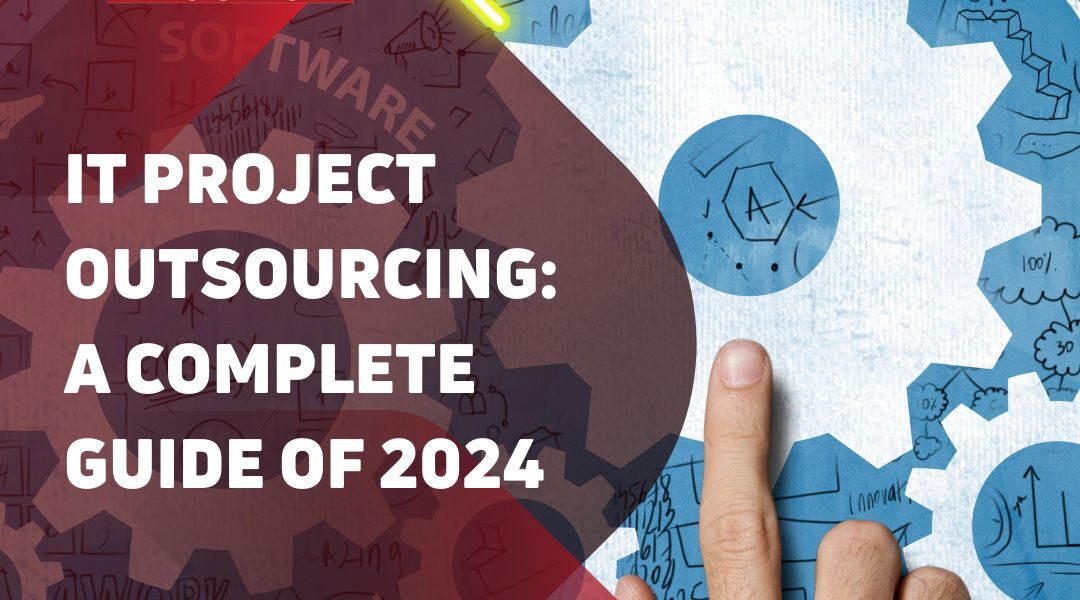Imagine a world where your business can instantly adapt to technological advancements and shifting market demands without the lengthy process of traditional hiring. Welcome to 2024, where staff augmentation is transforming workforce management.
As we navigate an era of rapid technological change and a globalized workforce, the need for flexible staffing solutions has never been greater. Businesses are increasingly turning to staff augmentation to meet their needs efficiently and effectively. In this article, we will explore the evolving concept of staff augmentation in 2024, highlighting its significance, benefits, challenges, and its pivotal role in shaping the future of work. Let’s dive into how this innovative approach is redefining workforce management.
Understanding Staff Augmentation:
IT staff augmentation involves temporarily adding external professionals to your existing workforce. This approach helps address specific skill gaps, meet project deadlines, and handle peak workloads without the commitments and costs associated with traditional hiring. Unlike traditional hiring models, staff augmentation allows organizations to scale their teams swiftly without the long-term commitment associated with permanent hires.
Significance of Staff Augmentation in 2024
Agility and Flexibility
In a business landscape characterized by constant change, adaptability is key. Organizations need to be agile and adaptable. IT Staff augmentation provides the flexibility required to scale up or down based on project needs, market conditions, or emerging trends. This agility is crucial for staying competitive and responsive in a rapidly evolving environment. For instance, if you have a sudden project without a tight deadline, you are bound to require more staff. Staff augmentation services can help in hiring dedicated teams offshore. This would help in getting your work done seamlessly on time, without overwhelming your team and maintaining productivity.
Access to Specialized Skills
Technology is advancing at an unprecedented pace, and the demand for specialized skills is escalating. Staff augmentation allows companies to access a pool of highly skilled professionals without the need for extensive training or the risks associated with permanent hires.
This is particularly vital in sectors such as IT, where staying ahead of technological advancements is paramount. So, whether you need an expert in AI, cybersecurity or software development, staff augmentation allows you to access the best one.
Cost-Efficiency
The financial implications of traditional hiring, including recruitment, onboarding, and benefits, can be significant.
Staff augmentation offers a cost-efficient alternative, as organizations can bring in specialized offshore talent for specific projects without bearing the long-term financial burden of maintaining a full-time workforce. For example, instead of hiring a full-time data scientist for a 6-month project augmentation services allow you to hire one for your required time, this approach allows for budget flexibility, which is a priority for any business.
Global Talent Pool
Thanks to the advancements in remote work technologies, organizations can tap into a global talent pool. Staff augmentation allows companies to collaborate with experts from different geographical locations, fostering diversity and harnessing a variety of perspectives to drive innovation. Imagine working with a team where one member is an AI specialist from Silicon Valley, another is a cybersecurity expert from Berlin, and another is a software developer from Bangalore. This diversity brings various perspectives that can help to foster a culture of innovation and inclusivity.

Benefits of Staff Augmentation
Rapid Scalability
Staff augmentation enables organizations to quickly scale their teams up or down in response to changing project requirements. This speed in adaptation is a crucial advantage in an environment where time-to-market can make the difference between success and failure.
Reduced Recruitment Time
Traditional hiring processes can be time-consuming, especially when looking for specialized skills. Staff augmentation streamlines the recruitment process, allowing organizations to onboard skilled professionals swiftly, saving both time and resources.
Mitigation of Risk
Long-term commitments to permanent hires carry inherent risks, especially in volatile market conditions. Staff augmentation mitigates these risks by providing the flexibility to bring in external talent for specific durations, ensuring that organizations can adapt to changing circumstances without being burdened by fixed personnel costs.
Challenges and Considerations
Integration Challenges
Integrating external staff seamlessly into existing teams can be a challenge. When bringing in a new team it’s important to ensure that the new team adjusts well with the existing team in terms of communication and collaboration. You can use tools like Microsoft Planner, Slack and Microsoft Teams to better facilitate communication and project management. Moreover, inclusive teamwork can help augmented staff feel welcome and aligned with company goals from day one. For instance, regular check-ins and team-building activities can help to overcome integration challenges.
Maintaining Cohesion
Balancing a mix of permanent and augmented staff requires careful management to ensure a cohesive and unified team. Leaders must foster a sense of unity and shared purpose to enhance productivity and morale among the existing and augmented team. Regular team meetings and transparent communication about project goals can make everyone feel valued and can encourage collaboration.
Data Security Concerns
With remote work becoming more prevalent, ensuring the security of sensitive data is a top priority. Organizations must implement robust cybersecurity measures to protect their information when working with external staff. This includes using secure communication channels, providing training on data security best practices, and ensuring that all external staff have the necessary security clearances and access control. For example, implementing multi-factor authentication (MFA), using VPNs, and regularly updating security protocols can help in mitigating data security risks. Additionally, clearly defined data handling policies and regular audits can ensure compliance with security standards.
The Future of Staff Augmentation
The future of staff augmentation looks promising, with a rise in the modern workforce system, globalization, technological advancements, and the need for specialized skills for the success of an organization. Here are some trends and predictions for staff augmentation in the coming years:
Rise of Hybrid Work Models
The success of remote work during the global pandemic has paved the way for hybrid work models, combining in-office and remote collaboration. Staff augmentation will play a key role in these models, allowing organizations to build diverse and dedicated teams even from offshore companies. This approach not only brings together a variety of skills and perspectives but also enhances flexibility and work-life balance for employees.
Emphasis on Upskilling and Reskilling
With technology evolving rapidly, there will be a growing emphasis on upskilling and reskilling initiatives. Staff augmentation will support these efforts by providing access to specialized talent for training and knowledge transfer. This ensures that organizations remain current with industry trends and technologies, maintaining a competitive edge. Regular workshops, training sessions, and collaboration with industry experts can facilitate continuous learning and improvement. Increased Integration of Artificial Intelligence (AI)
The integration of AI in recruitment processes will enhance the efficiency of staff augmentation. AI algorithms can match candidates with specific skill sets to project requirements, streamlining the selection process and ensuring a better fit for organizations. This will also help in reducing time and effort in the recruitment process and you will most likely find the right talent for your business. Moreover, AI can assist in managing and optimizing workforce deployment, ensuring that resources are used effectively.
Conclusion
In 2024, staff augmentation stands as a strategic imperative for organizations seeking to navigate the complexities of the contemporary business landscape.
The ability to swiftly adapt to changing demands, access specialized skills, and manage costs effectively positions staff augmentation as a cornerstone in the future of work.
As businesses embrace this flexible staffing model, they will not only enhance their agility but also contribute to the evolution of a workforce ecosystem that is dynamic, diverse, and well-equipped to tackle the challenges of tomorrow.




